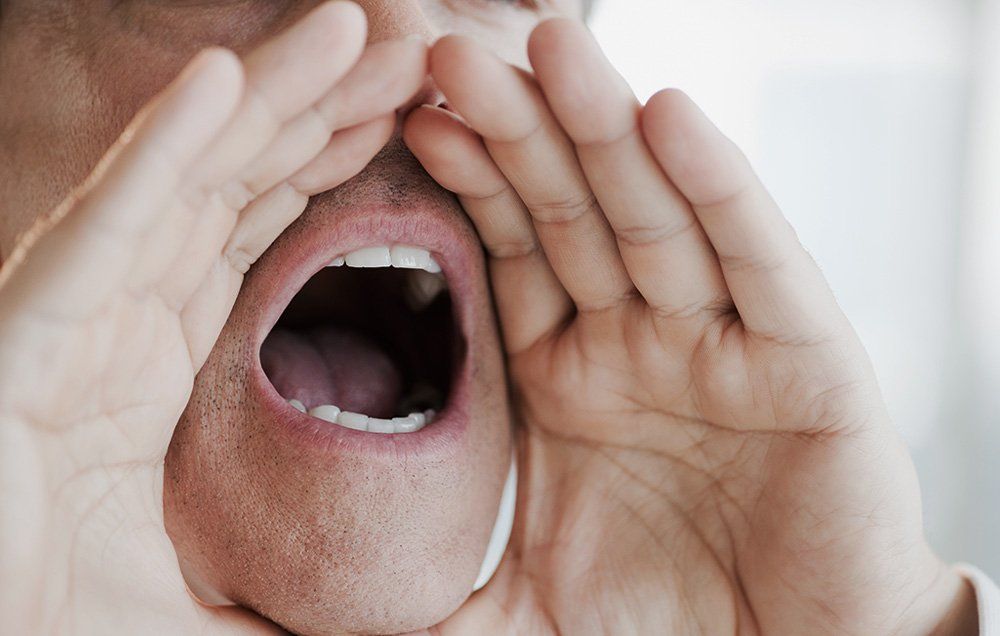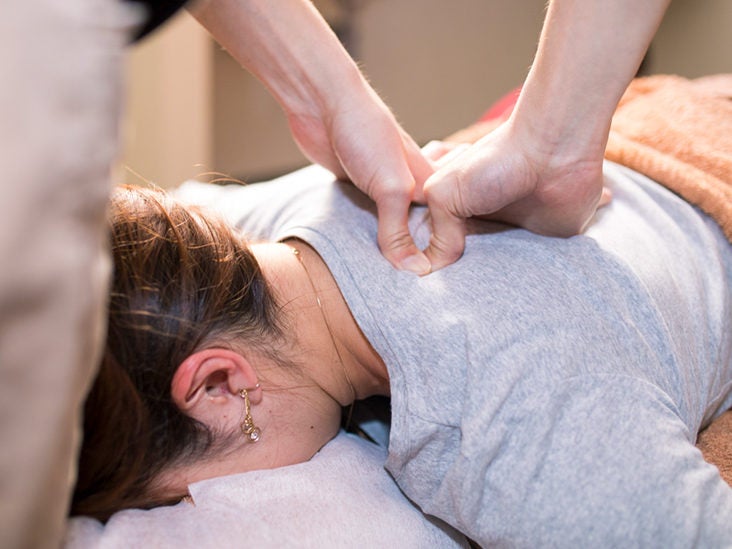
Ready to get started? Read on… A Quick Word About These Exercises So today, I wanted to share ten of my best tricks for getting to those crazy high notes without straining.

And I promise that if you learn to hit those high notes without straining, you’ll be amazed at how much you can expand your vocal range. It just takes some practice and the right singing techniques. And unfortunately they can happen at any time, on stage in front of thousands of people, or even in your home studio after too many vocal takes.īut having taught more than 500 students, I can tell you this: Anyone can learn to hit high notes without straining.
#WHY IS MY VOICE CRACKING SO MUCH GIRL CRACK#
But that only makes the crack worse.Īs a voice teacher, I can tell you vocal breaks like this are really common, especially on high notes.

You’re getting ready to sing that beautiful high note when all of a sudden, it feels like the bottom drops out of your voice and you crack like a 12-year-old boy.Ī little embarrassed, you try again, this time pushing the note a bit harder. nature.Vocal techniques to help you sing soaring melodies without cracking or strain. A mathematical model for the sounds produced by knuckle cracking. People's beliefs about the meaning of crepitus in patellofemoral pain and the impact of these beliefs on their behaviour: A qualitative study. Joint cracking and popping: Understanding noises that accompany articular release. publication/329008144_What_are_the_clinical_implications_of_knee_crepitus_to_individuals_with_knee_osteoarthritis_An_observational_study_with_data_from_the_Osteoarthritis_Initiative What are the clinical implications of knee crepitus to individuals with knee osteoarthritis? An observational study with data from the Osteoarthritis Initiative. Qualitative study on chiropractic patients’ personal perception of the audible release and cavitation. Subjective crepitus as a risk factor for incident symptomatic knee osteoarthritis: Data from the osteoarthritis initiative. Real-time visualization of joint cavitation. Knuckle cracking and hand osteoarthritis. The audible release associated with joint manipulation. "Knuckle cracking": Can blinded observers detect changes with physical examination and sonography? /clinorthop/Fulltext/2017/04000/_Knuckle_CrackingCan_Blinded_Observers_Detect.47.aspx

You can learn more about how we ensure our content is accurate and current by reading our editorial policy. Healthline has strict sourcing guidelines and relies on peer-reviewed studies, academic research institutions, and medical associations. Any physical activity, such as housework, gardening, or short walks can be part of your exercise routine. Choose activities that suit your age and lifestyle.

Try to increase your exercise time to 150 minutes per week. If stress relief is involved in your joint cracking, try other calming measures, such as deep breathing, meditation, or a stress ball or fidget toy. There are dynamic and static stretches for all your joints. Another solution is gentle stretching, which can move the synovial fluid around and lubricate your joints. Aim to get up at least every half-hour if you sit at a desk all day. If you sit or stand a lot in one position, you can get stiff and crack your joints to help the stiffness. Keep track of when and possibly why you crack your knuckles, neck, or back. If you have a habit of cracking your knuckles (or another joint) and want to stop, a first step is mindfulness.


 0 kommentar(er)
0 kommentar(er)
